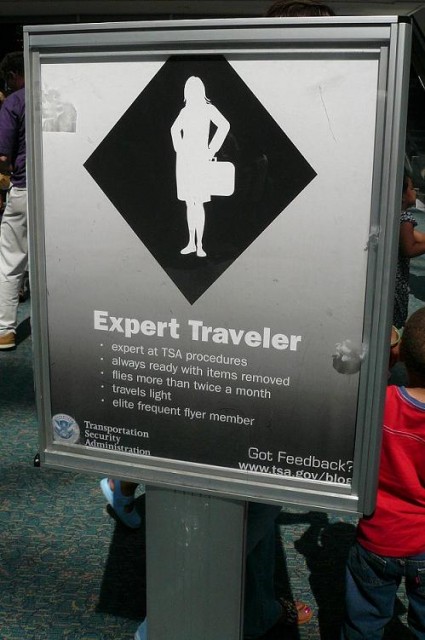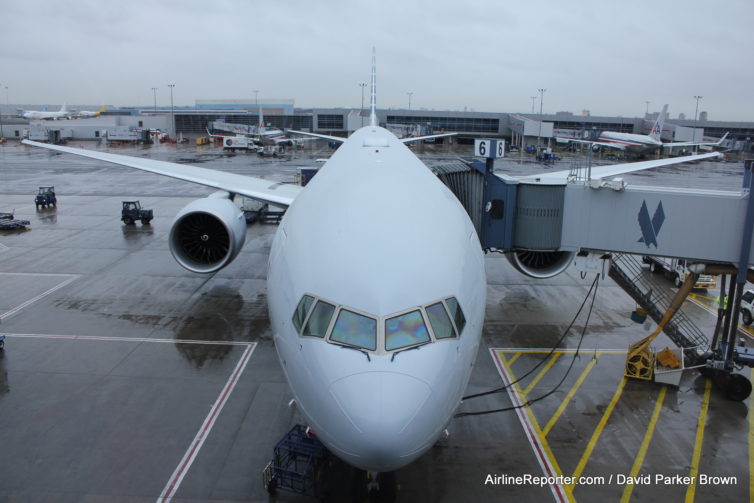
I want to fly, but I just wouldn’t do it right now
There are many people right now questioning if it is safe to fly. It is a valid question, but I do not have the answer. For me personally, I have decided not to fly and I probably won’t be in the air for quite some time. Let me share some of my thoughts about the current situation, explain why I am not ready, and provide some advice for those who end up flying.
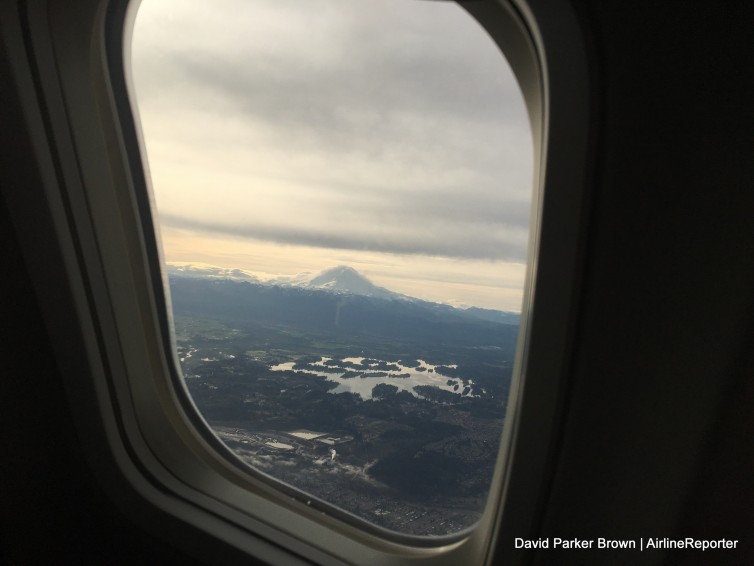
I miss seeing Mount Rainier from the air!
I love the airline business and it has pained me to watch the industry suffer. Hearing about the financial losses and seeing aircraft lined up in the desert is one thing, but employees losing their jobs is devastating.
For the most part, I think airlines and their employees have done an amazing job tackling this unprecedented situation. They have kept passengers informed on new safety procedures and have promoted the quality of the cabin air. No question this builds trust.
I am less worried about the airlines, but more concerned about the uptick in COVID, the other aspects of traveling, and most importantly: other passengers.
I was recently invited to sit down with a local news outlet to discuss TSA’s Pre ✓™ program from the perspective of a frequent flyer who hadn’t signed up, and questions its utility as the program stands today. To be clear, I do not see the program as a threat to security. Instead, the program’s benefits simply aren’t compelling enough for me to part with $85 and take the time to be interviewed and fingerprinted.
$85 isn’t unreasonable, and there is even an interview site here in my Kansas City suburb. The idea of fingerprinting and background checks don’t bother me either since I’ve been through both as a basis for employment.
Instead, the “gotcha” for me is the fact that while having never signed up for TSA Pre✓™ I have experienced it first-hand many, many times, and I’m just not convinced on its utility to me as a semi-frequent traveler. But why? It comes down to what I like to call the “TSA Pre✓™ dilemma.”
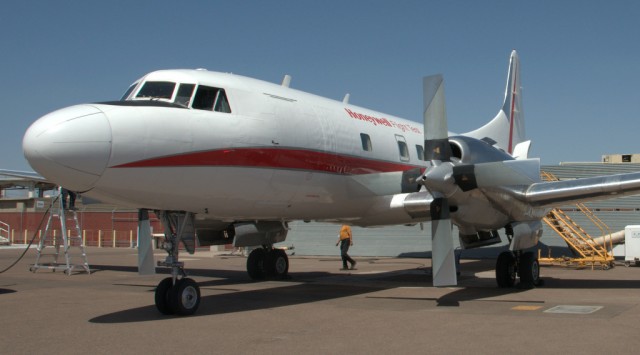
N580HW, Honeywell Aero’s CV-580 – Photo: JL Johnson | AirlineReporter
Late last month I had the opportunity to attend Honeywell Aero’s International Media Event in Phoenix, AZ. The symposium focused on all things Honeywell and AvGeek, with a small and diverse audience of mainstream media and bloggers from all across the world.
Prior to the event, I understood that Honeywell was, like many other conglomerates, well-established in the aviation industry. Indeed, we’ve written extensively about how Honeywell improves aviation safety, we have geeked out over their incredibly diverse fleet of test aircraft and, of course, have covered their innovative and (can we say exciting? Because it is!) Electric Green Taxi System, EGTS.
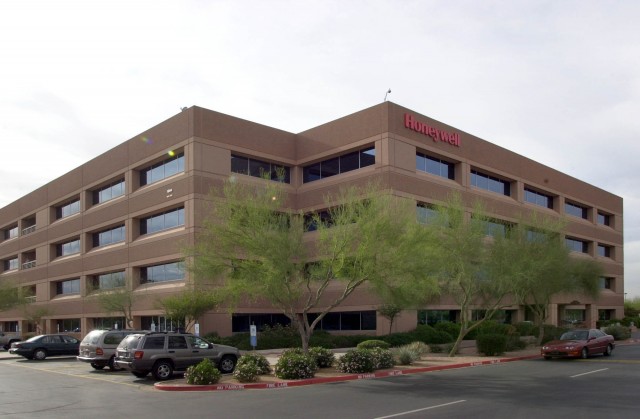
Honeywell Aerospace’s Sky Harbor Facility in Phoenix – Photo: Honeywell
But even with this coverage, we’d only begun to scratch the surface of Honeywell’s Aerospace operations. In just shy of two days, with their incredibly passionate crew, I learned more about the company and their products than I had over a lifetime of being an aviation enthusiast.
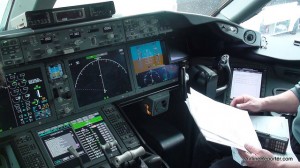
Cockpit of a Boeing 787 Dreamliner. Uh oh, is that electronic device authorized?
“Sit down, shut up and turn off your electronic devices!” Okay, it is not really that bad, but sometimes I get pretty annoyed when I have to turn off my personal electronic device (PED) during taxi. I am a spoiled American and if we are delayed on the tarmac for take off, not having access to my precious electronic devices is difficult. So why the heck are you required to turn your devices off anyhow? And can they really bring down a plane?
If something happens to the plane and you are on above 10,000 feet, you have time. Time to try to navigate to an airport, time to put your toys away before landing. When you are below 10,000 feet things need to happen quickly and it is more dangerous.
One of the important reasons you have your devices off, is to make sure you are paying attention. First you need to pay attention to the flight attendants giving their safety announcement (they don’t do it for fun). Secondly, you should be paying attention to your surroundings. If the plane catches on fire while taxiing out, you need to be ready to react, not listening to the newest Justin Bieber song (is he still “cool” — I dunno). You also need to be able to get out of the plane as soon as possible. If there are cords and cables in the way and your neighbor is distracted, that can slow things down, causing people injury or possibly death.
Next are those pesky electronic signals. All electronic devices give off some sort of signal that could interfere with the cockpit. Even the Federal Aviation Administration isn’t too sure how much these signals affect the avionics in an airliner, but are playing it safe. The FAA’s website states site, ’œthere are still unknowns about the radio signals that portable electronic devices and cell phones give off.’
Airplane manufacturers, airlines and the FAA work together to make sure that any electronic equipment that might go into an airplane will not cause it harm. According to Flight Global, recently on board Wi-Fi tests resulted in some Honeywell avionics to react adversely. This goes to show that yes, electronic equipment can affect instruments, but it also shows that rigorous testing by all those involved make sure that these sort of things won’t happen past the testing phase. Currently all those involved are working together to find the cause and a solution.
Yes, it might be annoying to put your devices away, but I think there are some very valid reasons for doing so. Next time you are on a flight and you hear the call to turn off your devices, be a good sport and do as you are told.
For more information and quotes from Boeing, Virgin America and the FAA, check out my story on AOL Travel News.
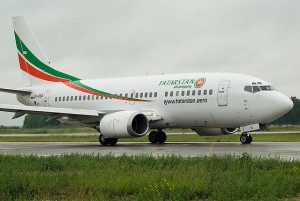
A Tatarstan Boeing 737-500
There has been a lot of talk about these new SkyRider seats where people get only 23″ of seatpitch vs 30″+ of most other low cost carriers. Well, it could be worse. Tatarstan Airlines, based in the Russia Federation, allowed six passengers to stand for a five hour flight.
You see, a charter group booked out all 148 seats on a Tatarstan Boeing 737 from Antalya, Turkey to Ekaterinburg, Russia. At the last minute, the airline had to swap out planes, but the new 737 only had 142 seats. This is where the big mistake was made.
Instead of telling six people they won’t be able to take the flight, they gave them a choice. Either wait seven hours until the next flight or fly on this one standing up for five hours. Decisions, decisions. Well, all six people decided to stand.
The airline should have never given the choice to the passengers. There are grave safety issues with having extra people on an aircraft. Weight, life vests and no security from turbulence. I don’t know who is more stupid in this scenario, the airline that gave the option to stand or the passengers who took them up on the offer.
Not related to the story, but I wanted to share this photo of two old IL-86’s that Tartarstan used to fly.
Thanks Ben for the tip!
Image: Osdu


